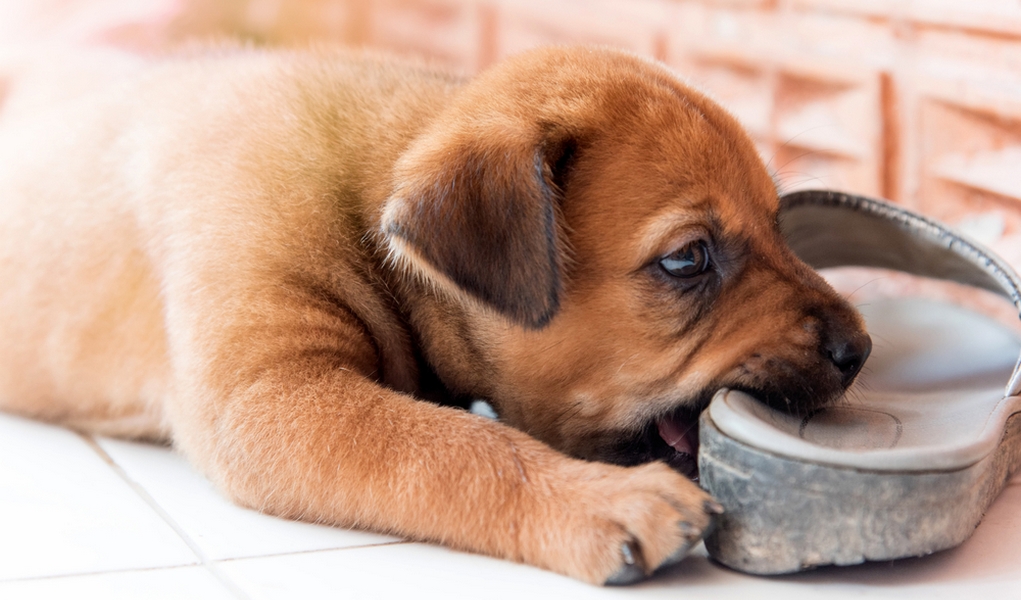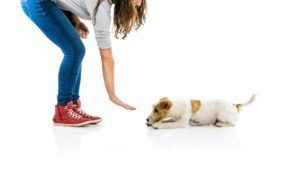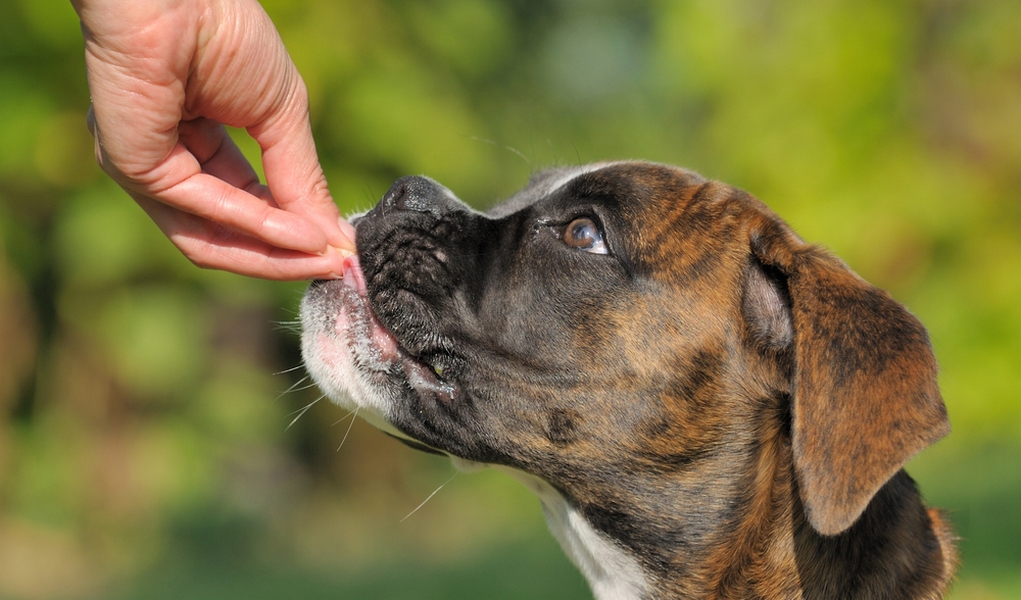It's important to learn how to discipline a puppy. There are means of humane punishment that will teach your pooch he did wrong without hurting him. Consistency and positive reinforcement are key to proper puppy training and discipline.
Bringing a new puppy into your home is fun and exciting, but it can also be a frustrating challenge. Getting angry at your pup is not going to fix anything. Before you bring your new friend home, you need to understand that training him initially will be quite a challenge.
There will be times when you feel frustrated or angry, and that is a sign that you and your puppy need a break!
Learning how to discipline a puppy sounds simple, but there are proven methods that work and are 100% safe and humane. Disciplining your puppy should not be done by shouting or physical punishment. Instead, positive reinforcement, patience and consistency are key to this fundamental task.
RELATED: 26-Step Checklist for Adopting a New Adult Dog or Puppy
How To Discipline A Puppy
 Consistency is Key
Consistency is Key
When you train your puppy, you'll be saying the same commands over and over again. Right when you think he finally gets it, he ends up doing the exact opposite of what you want him to do. It makes you want to just give up or try something different.
DON'T.
In order for your dog to understand what is expected of him, you need to be consistent. More so, everyone in your house must be on the same page. If you're using one set of commands while another member of your family uses something completely different, your dog is only going to get confused.
 Before you bring your dog home, have a family meeting. Work out a training schedule, and discuss what will be expected of the dog. Are you only focusing on recall training and some simple commands? Or will you be expecting more from your Fido?
Before you bring your dog home, have a family meeting. Work out a training schedule, and discuss what will be expected of the dog. Are you only focusing on recall training and some simple commands? Or will you be expecting more from your Fido?
Once everyone is on the same page, you will know that your dog is hearing the same commands from everyone. This will make training much easier and give you a better chance for success.
Be Assertive
Your puppy needs to understand that you're the boss. Learning how to discipline a puppy means learning how to be an authority figure to your new pet without scaring him. Dogs are pack animals, which means that they naturally look for the leader of the group. If there is no noticeable leader, they may try to fill that role themselves.
You need to be confident and assertive. You are the boss, not your dog! Think of the way that a confident leader projects themselves. They stand up straight, speak clearly and act with confidence. You need to act this way in order for your dog to understand that you are in charge.
And remember, DO NOT use baby talk! Think about how you would feel if someone asked you to do something while speaking baby talk? You wouldn't take them very seriously, would you? If you speak baby talk to your dog, he's not going to understand you or take you seriously. There's a time and place for using dog-speak with your puppy, but training and disciplining the pup is not that time.
RELATED: 16 Commands You Must Teach Your Dog After Adopting
 Use Positive Reinforcement and Redirection
Use Positive Reinforcement and Redirection
When you think of discipline, you probably think of someone raising their voice and using physical punishment. When you're learning how to discipline a puppy, neither of things should even be on your radar. Studies have shown that using aversive training methods like these is extremely detrimental to a dog's mental and physical well-being.
I know it can be difficult to stay calm, especially when you're frustrated with a naughty puppy. It's important to keep your mood calm, because your dog will sense your frustration and become agitated as well.
Encourage your dog's good behavior with positive reinforcement. Positive reinforcement training using praise and rewards (usually treats) to encourage your dog's good behavior. Instead of scolding him for doing something that he shouldn't, reward him for doing the things that you want him to do.
But, what should you do when your dog is doing something wrong?
Learning how to discipline a puppy isn't about scolding and spanking; it's about learning to distract and redirect him. As you will see in my video guide above, distracting your dog with something he's interested in (like a squeaky toy) is a very effective way to get him to stop misbehaving.
 Let's say your dog is chewing on something he shouldn't be or jumping up on someone walking through the door. You can distract him with a favorite toy, a dog treat or some attention. Once he's distracted and doing what he's supposed to do, it's time to reward him with some praise and affection.
Let's say your dog is chewing on something he shouldn't be or jumping up on someone walking through the door. You can distract him with a favorite toy, a dog treat or some attention. Once he's distracted and doing what he's supposed to do, it's time to reward him with some praise and affection.
Long story short, learning how to discipline a puppy isn't really about ‘discipline' at all – or at least not in the traditional way we think of discipline. It's about being consistent and patient, as well as correcting unwanted behavior in a positive way.
READ NEXT: 7 Reasons You Fail At Housebreaking Your Puppy (and how to fix them)












